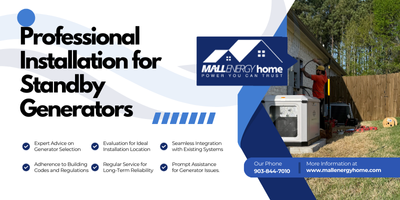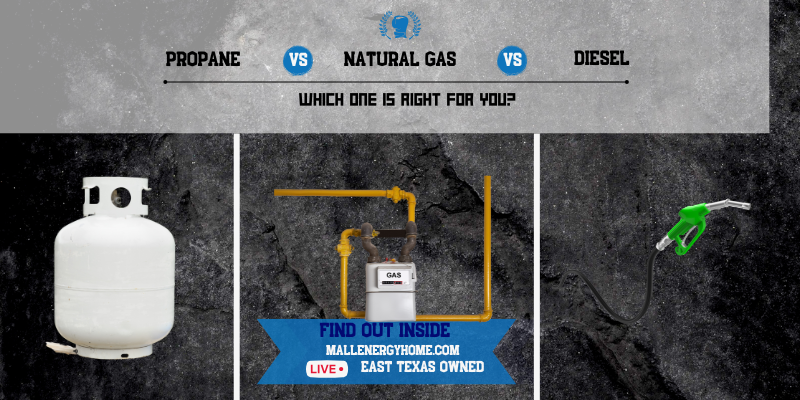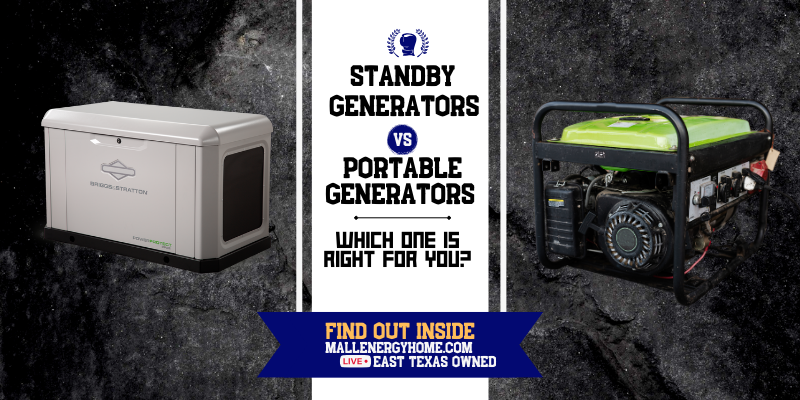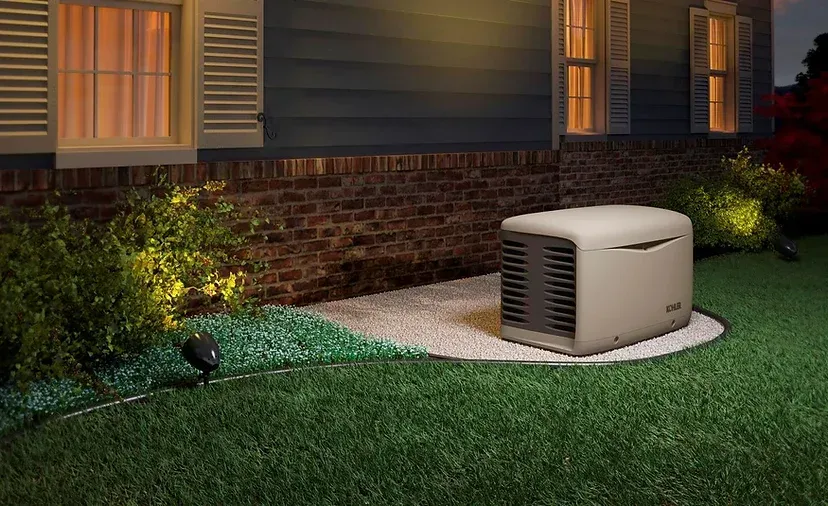
The Role of Transfer Switches in Standby Generators: Why They Matter
Understanding Transfer Switches
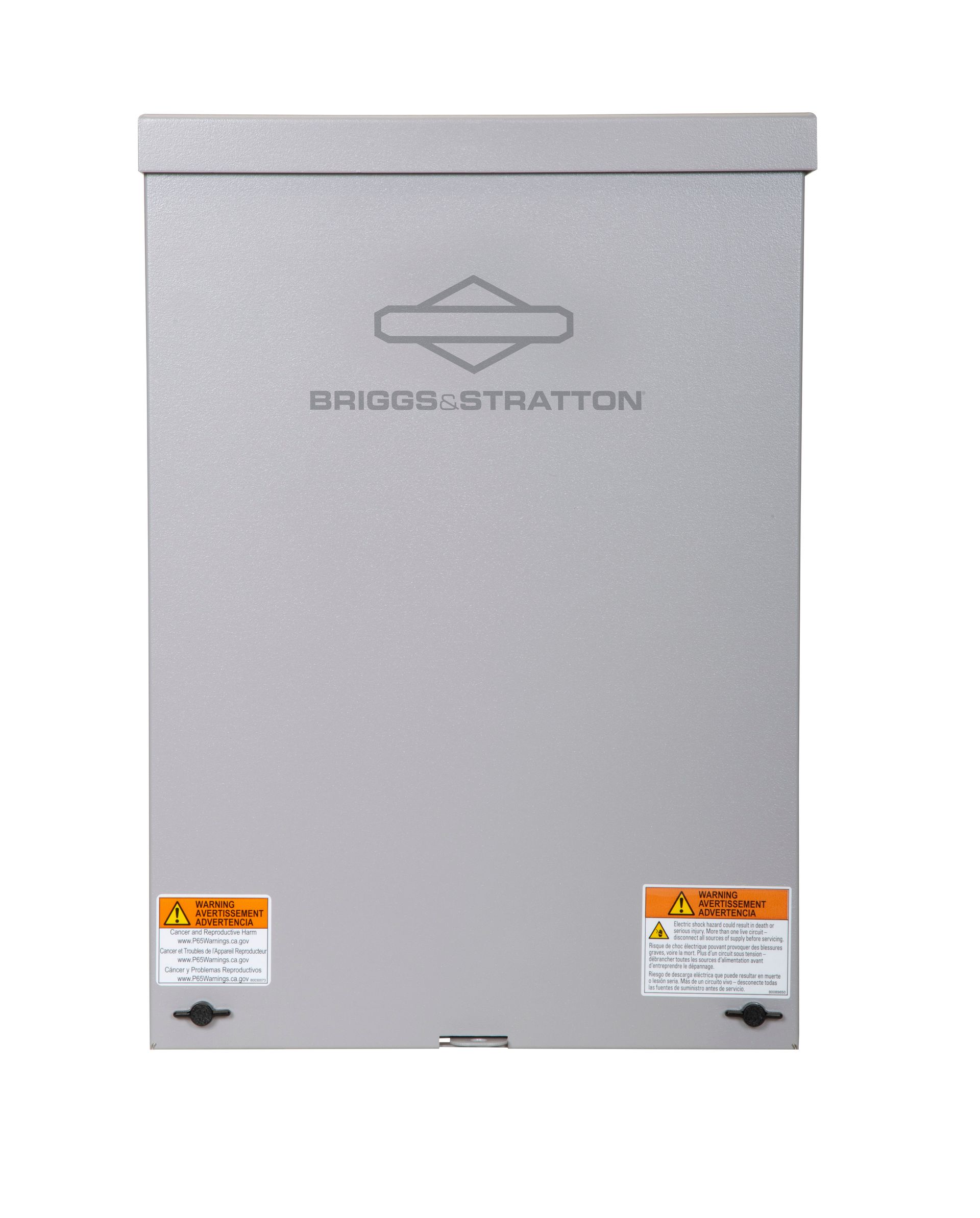
When the power goes out, the last thing you want is a delay or a complicated process to get your backup power system up and running. That’s where the transfer switch comes in. As an essential component of standby generator systems, transfer switches ensure a smooth and seamless transition between your home’s power grid and the backup generator, providing you with the electricity you need without hassle.
In this blog post, we’ll dive into the technical side of transfer switches, explaining their importance in generator systems and how they work to keep your home powered during an outage.
What Is a Transfer Switch?
A transfer switch is an electrical device that switches your home’s power source from the utility grid to your standby generator when an outage occurs, and vice versa once the grid power is restored. It acts as a middleman between the generator and your home’s electrical system, automatically or manually ensuring that power is safely and efficiently transferred.
When installed correctly, transfer switches prevent dangerous backfeeding (when electricity flows from the generator into the power lines) and ensure that your generator powers the correct circuits without overloading the system.
There are two main types of transfer switches:
- Automatic Transfer Switch (ATS): This type of switch detects a power outage automatically and transfers the load to the generator within seconds. Once utility power is restored, the ATS will switch back to the grid without you having to do anything.
- Manual Transfer Switch (MTS): With a manual transfer switch, you must flip a switch to transfer power from the grid to your generator. While this requires your intervention, it can be a more affordable option and works well for homeowners who are present during outages.
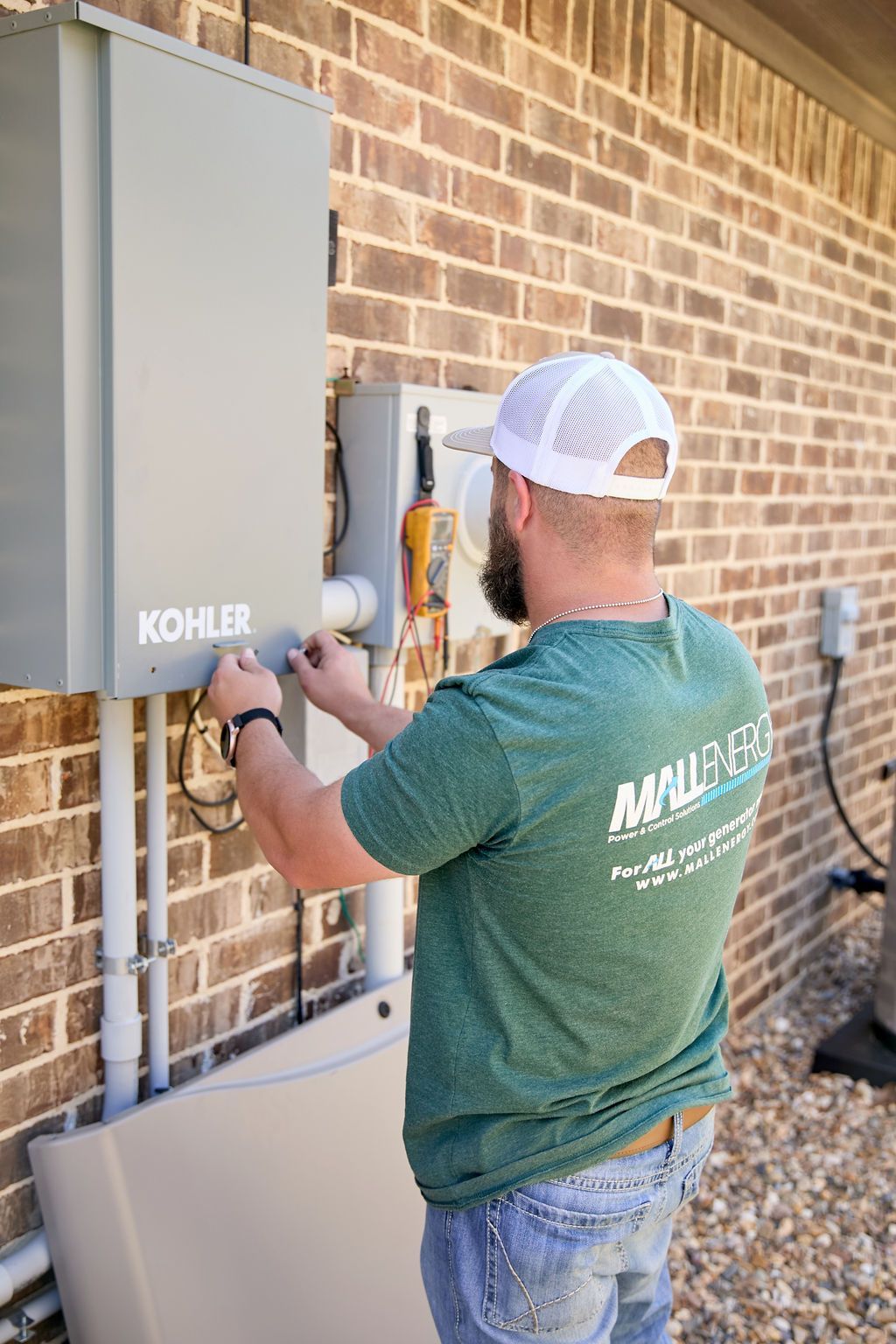
Why Transfer Switches Matter
List of Services
-
1. Safety FirstItem Link List Item 1
One of the most important roles of a transfer switch is safety. Without a transfer switch, using a portable generator could be dangerous. If your generator is connected to your home’s electrical system without a transfer switch, power from the generator could flow back into the utility lines, creating a serious hazard for utility workers attempting to restore power. This phenomenon, called backfeeding, is a deadly risk, and it’s one of the key reasons that transfer switches are legally required for permanently installed standby generators.
Transfer switches isolate your home’s electrical system from the utility grid when you’re running on generator power, making sure that electricity from the generator stays within your home and does not backfeed into the grid.
-
2. Seamless Power TransitionItem Link List Item 2
A transfer switch ensures that power is quickly and efficiently transferred from the utility grid to your standby generator when an outage occurs. For Automatic Transfer Switches, this process happens typically within 10-30 seconds. This fast transfer prevents power loss and ensures your essential appliances—such as lights, HVAC systems, medical equipment, and kitchen appliances—keep running smoothly without interruption.
Manual transfer switches require you to take action, but they still ensure a smooth and controlled switch to generator power. The key here is that the process is safe and avoids the risk of electrical shock or system damage.
-
3. Convenience and Peace of MindItem Link List Item 3
A well-installed transfer switch takes the guesswork and effort out of managing your generator. With an Automatic Transfer Switch, you don’t have to do anything when the power goes out. The switch will automatically detect the outage, start the generator, and transfer the load to it without you lifting a finger.
Even with a Manual Transfer Switch, you’ll have control over which circuits are powered and be able to manually switch to the generator’s power. This flexibility provides peace of mind knowing you can rely on the generator when you need it most.
-
4. Compliance with Local Codes and RegulationsItem Link List Item 4
In many locations, building codes require a transfer switch for installed standby generators. These codes are designed to ensure the safety and efficiency of home electrical systems, and compliance is crucial. Not only does this keep your home up to code, but it also protects you and your family from the risks of using a generator without proper electrical isolation.
How Transfer Switches Work: A Breakdown of the Process
When an electrical outage occurs, a transfer switch ensures a smooth transition between the utility power and generator power. Here’s a simplified breakdown of how the process works:
List of Services
-
1. Outage Detection:Item Link List Item 1
The Automatic Transfer Switch (ATS) detects when the utility power has gone out, usually through a sensing mechanism that monitors the grid voltage. If it detects a failure, the ATS immediately signals the generator to start.
-
2. Power Transfer:Item Link List Item 2
Once the generator starts, the ATS disconnects your home from the grid and connects it to the generator. This ensures that your home is powered by the generator without risk of backfeeding.
-
3. Power Restoration: Write a description for this list item and include information that will interest site visitors. For example, you may want to describe a team member's experience, what makes a product special, or a unique service that you offer.Item Link List Item 3
With a Manual Transfer Switch (MTS), the process is similar, but the homeowner must manually flip the switch to disconnect the grid power and connect the generator.
We’ve explained how transfer switches operate in the video below—be sure to give it a watch!
Conclusion: The Essential Role of Transfer Switches
Transfer switches are an essential component of any standby generator system. They provide safety by preventing backfeeding, ensure a smooth transition of power, protect your generator from overload, and offer peace of mind. Whether you opt for an automatic or manual transfer switch, this simple but vital piece of equipment helps ensure that your home is powered quickly and safely when you need it most.
At MALL Energy Home, we understand the importance of transfer switches and provide expert installation and support for both Kohler and Briggs & Stratton generators. Our team will ensure your transfer switch is properly sized, installed, and ready to provide seamless power in the event of an outage.
If you’re considering a standby generator for your East Texas home, don’t forget to prioritize the transfer switch as part of your system. Contact us today to learn more about transfer switches and how we can help keep your home powered safely and efficiently during any power outage.





We're the premier standby home generator sales, installation, maintenance, and repair company in East Texas. Get in touch with us today to discuss your needs and request an obligation-free quote!
Contact Us
2719 E Marshall Avenue,
Longview, Texas 75601
United States
Menu
Opening Hours
- Mon - Fri
- -
- Sat - Sun
- Closed

